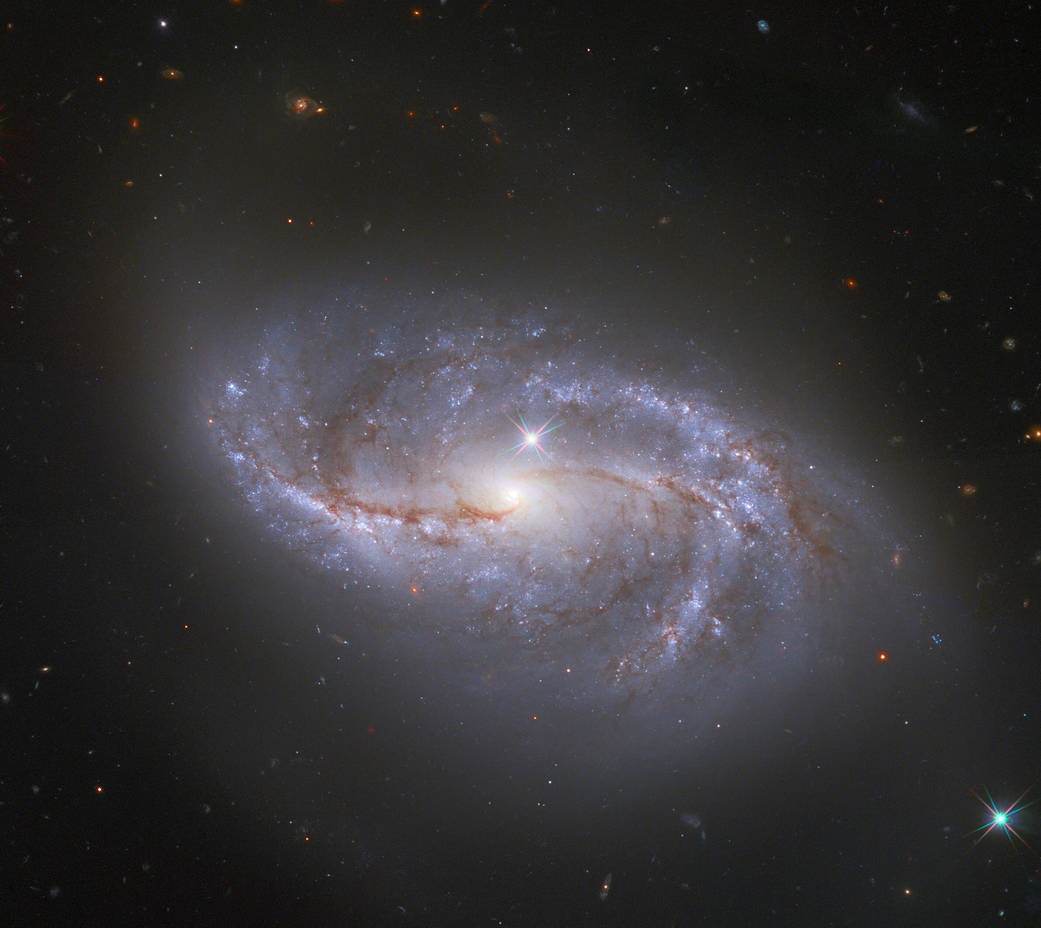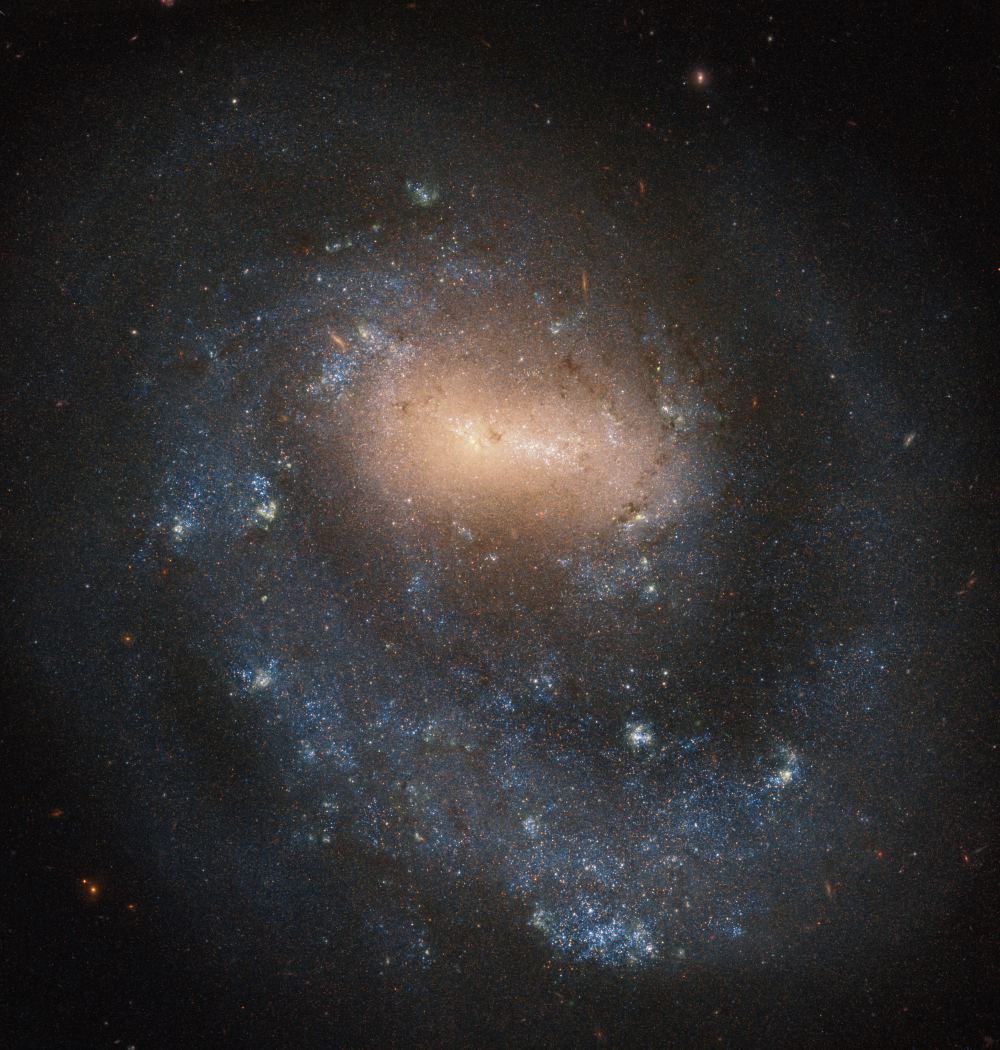Meet NGC 2608, a barred spiral galaxy about 93 million light years away, in the constellation Cancer. Also called Arp 12, it’s about 62,000 light years across, smaller than the Milky Way by a fair margin. The Hubble Space Telescope captured this image with its Wide-Field Camera 3 (WFC3).
Continue reading “Barred Spiral Galaxy NGC 2608, Surrounded by Many Many Other Galaxies”Barred Spiral Galaxy NGC 2608, Surrounded by Many Many Other Galaxies








